From California to Alaska, orcas or killer whales roam the entire U.S. West Coast, including several national parks where you can see these amazing marine mammals.
Contents
- Where to See Orcas or Killer Whales in the Wild in the U.S.
- Top 5 Best U.S. National Parks With Orcas or Killer Whales
- Other Places Where You Can See Wild Orcas in North America
- Tips for Spotting Orcas in the Wild
- Which Types of Orcas Can You See in National Parks?
- Are Orcas Dangerous to Humans?
- Other Iconic National Park Animals
Where to See Orcas or Killer Whales in the Wild in the U.S.
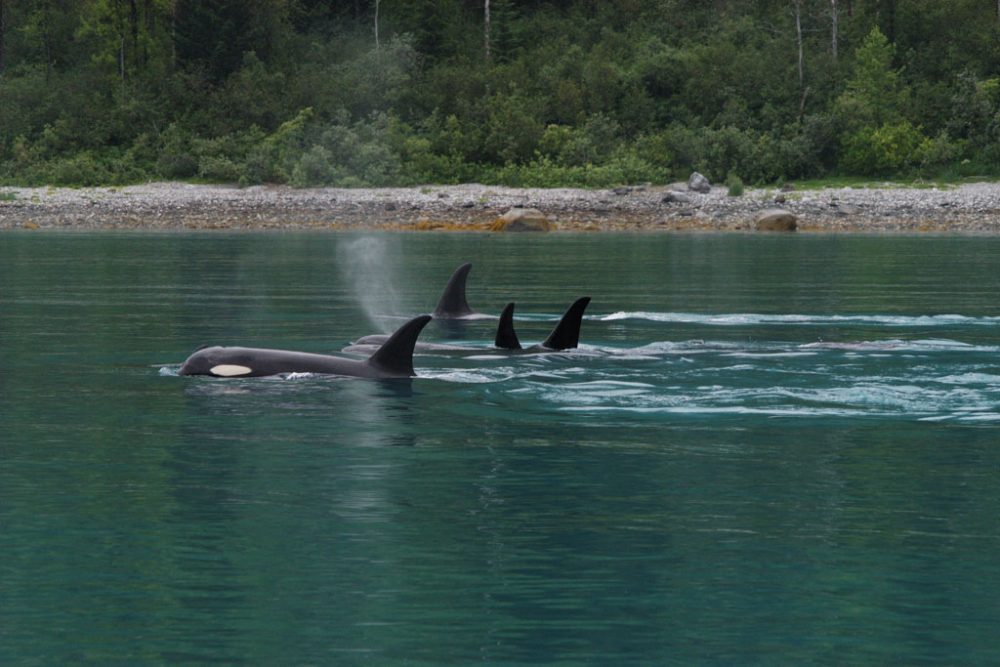
Few marine animals are more iconic and famous than orcas. Also known as killer whales and sometimes blackfish, orcas (Orcinus orca) are the largest dolphin species—incorrectly called “whales” because they’re so big—and one of the world’s most widespread marine animals.
They live in every ocean on the planet, from the Arctic to the Antarctic, from the Atlantic to the Pacific.
In the United States, they thrive along the West Coast, including every Pacific state—California, Oregon, Washington, Alaska and even Hawaii.
A handful of West Coast parks are home to orcas, making them the best national parks for orca viewing in the USA. Check them out below!
This post about the best national parks to see orcas in the USA contains affiliate links. You can read more about our Terms of Use / Disclosure here.
Top 5 Best U.S. National Parks With Orcas or Killer Whales
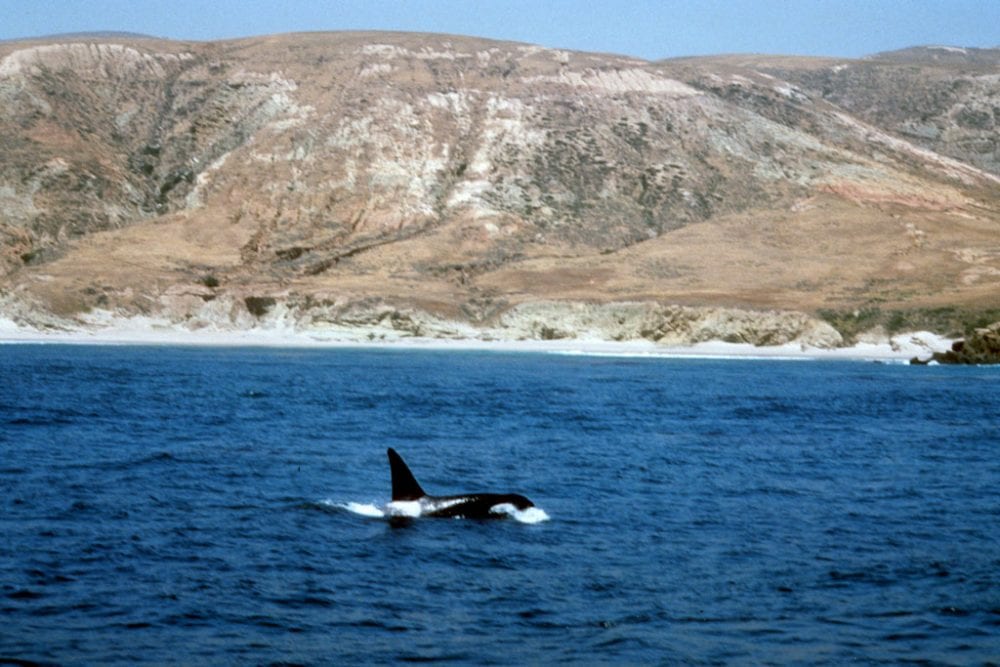
5. Channel Islands National Park, California
Sometimes called the “Galapagos of North America”, the Channel Islands are a biodiversity hotspot just off the coast of southern California. Five of the seven islands are protected as Channel Islands National Park, a place home to an abundance of fauna and flora.
The only way to get there—if you don’t have your own boat—is with Island Packers, a park concessionaire that operates a daily ferry to the archipelago from Ventura, just north of Los Angeles.
On the way, you can often see dolphins, harbor seals and humpback whales. In total, over 25 species of whales can be spotted around the Channel Islands, including blue whales, minke whales and killer whales or orcas.
All Channel Islands orcas are Bigg’s orcas, named after the founder of modern whale research, Mr. Michael Bigg. There are no resident orcas in Channel Islands National Park.
These pods of transient killer whales travel throughout the West Coast’s and Pacific Northwest’s waters and are famous for their mammal hunting sprees.
Although sightings of orcas at Channel Islands National Park are by no means guaranteed, they do occasionally happen. These islands in the Northern Pacific are, after all, home to many of the Bigg’s orcas’ favorite foods: seals, sea lions, sharks and other, smaller whales.
More About Channel Islands National Park
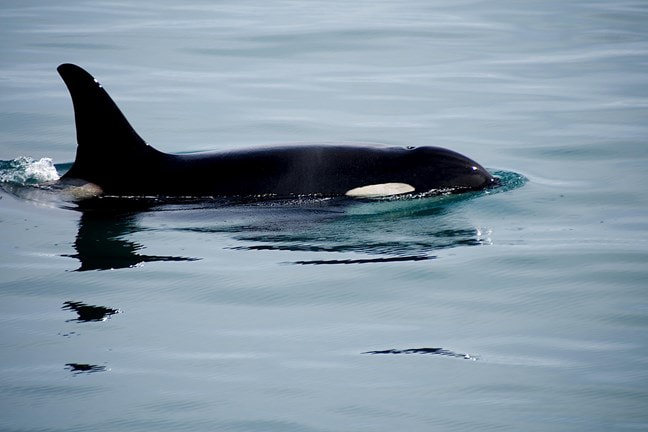
4. Olympic National Park, Washington
Part of the “Whale Trail”, Olympic National Park in northwestern Washington State is a wildlife haven. Its spectacular mountains, rain forests and coasts harbor an amazing diversity of animals, from small banana slugs to enormous whales.
The Olympic Coast Marine Sanctuary spans the 65 miles of rugged coastline that it shares with Olympic National Park, a true paradise for marine wildlife watchers. Sea otters and humpback whales are common sights, but orca sightings occur regularly as well.
While some orca pods are transient, others are year-round Olympic National Park residents who feed on Chinook salmon and stay in a relatively small area.
This means you could potentially see them anytime—you do need some luck and a whole lot of patience, though.
Orca watching tours depart from Port Angeles, Anacortes or even Seattle, but if you’d like to stay on land, you might spot a pod of orcas in Olympic National Park from the park’s famous beaches, coastal trails or bluffs.
The best places to see Olympic National Park killer whales are Shi Shi Beach, Rialto Beach, La Push, Kalaloch and South Beach. Spend some time there and you might just catch a glimpse of their majestic dorsal fins cutting through the water.
More About Olympic National Park
- Park Website
- Travel Guide
- Topographic Map
- Best Olympic Hikes
- Top Things To Do in Olympic National Park
- Accommodation
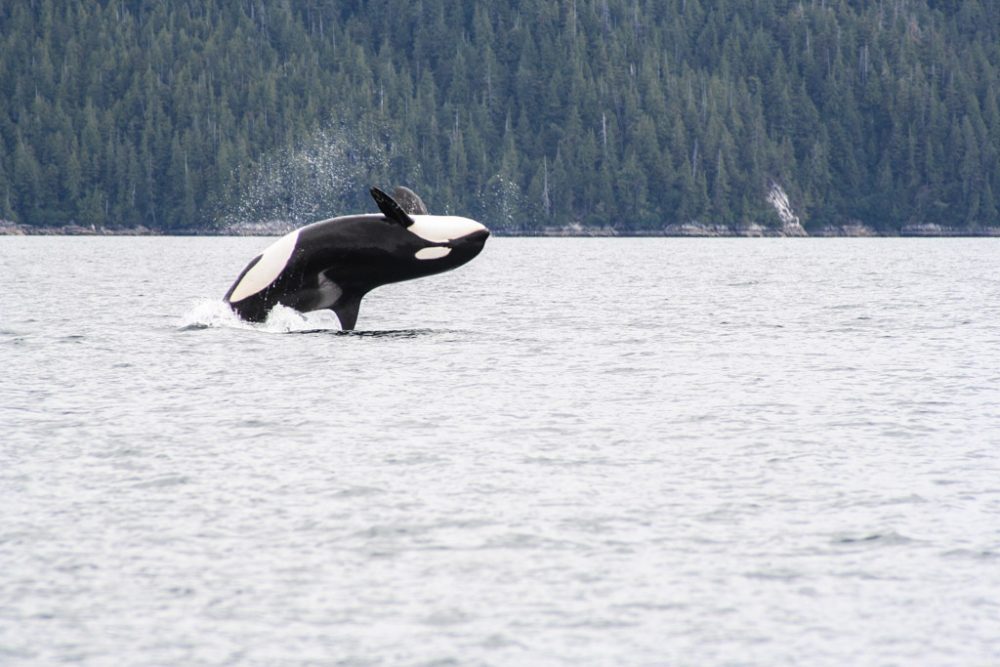
3. Glacier Bay National Park, Alaska
Home to an abundance of large mammals, from land mammals like brown bears and moose to marine mammals like Steller sea lions, humpback whales and orcas, Glacier Bay National Park is one of the best national parks to see orcas in the wild.
More than 90 percent of visitors to this ice-and-glacier-dominated park in southeastern Alaska arrive on cruises. Glacier Bay cruises travel around the bay, but rarely stop. Yet, this is the easiest way to enjoy the majestic landscapes of Glacier Bay and the variety of Alaskan wildlife that calls them home.
On a cruise to Icy Strait Point and Glacier Bay National Park, there’s a good chance you’ll see a pod of killer whales. Other commonly seen high-profile animals include bald eagles, sea otters, mountain goats, Alaskan brown bears and minke whales.
Alternatively, with some more effort, you can also go on kayaking trips in Glacier Bay for a potentially unforgettable closer look at the Glacier Bay killer whales.
More About Glacier Bay National Park
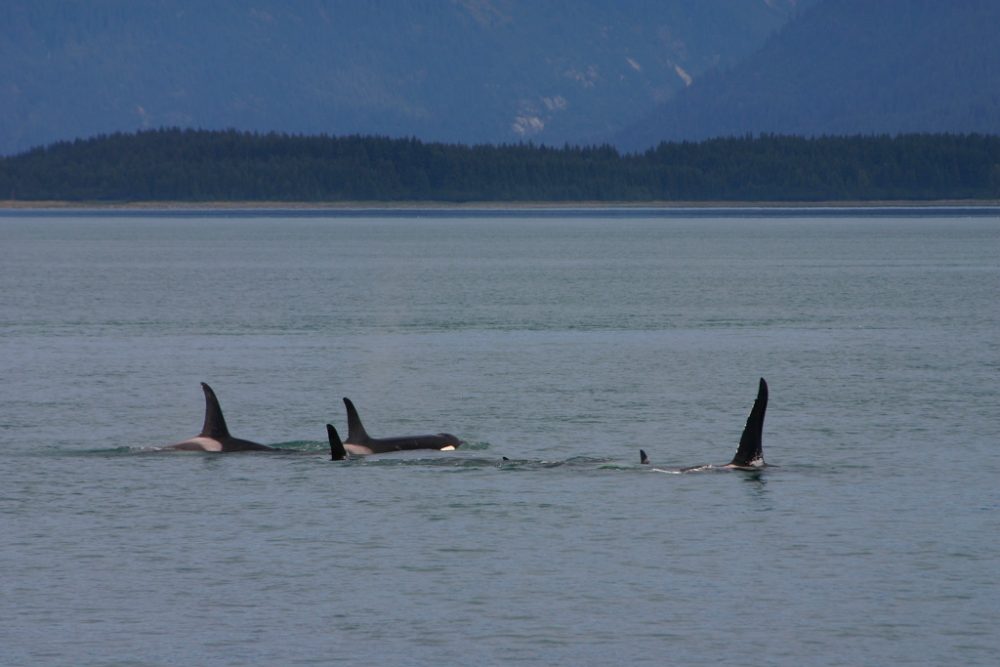
2. San Juan Island National Historical Park, Washington
One of the absolute best places to see orcas in America, if not the entire world, the San Juan Islands are an archipelago between mainland Washington State and Vancouver Island, British Columbia.
Located between the Strait of Georgia and Strait of Juan de Fuca, it consists of several islands. The largest island in the archipelago is San Juan Island, home to a national historical park.
The park consists of two separate areas—American Camp and British Camp—and preserves the last remaining native prairies in the Puget Sound. This is the favorite hangout of southern resident orcas, who play and hunt here throughout the summer.
From May to September, you can often see their spouts and tall dorsal fins from the bluffs at American Camp.
Orcas are present around the San Juan Islands year-round, though. Winter is the “low” season for orca watching even though occasional sightings still occur. Calving takes places throughout the year, but peaks between fall and spring. So, early-spring is a great time to see a young calf swimming in its mother’s slipstream.
One of the most important feeding areas for these San Juan Island killer whales is the Haro Strait between San Juan Island and Victoria at the southern tip of Vancouver Island.
Looking to the southwest across the Strait of Juan de Fuca, on the other hand, you can sometimes see orcas as they arrive from or leave for the open waters of the Pacific.
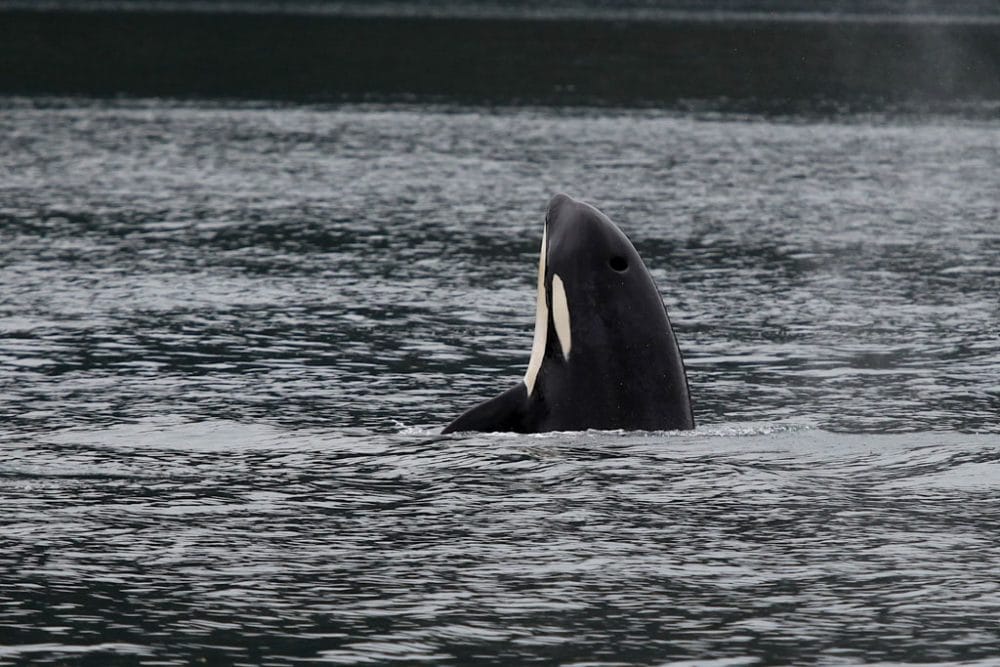
1. Kenai Fjords National Park, Alaska
All three kinds of orcas—resident, transient and offshore—are present in Kenai Fjords National Park. The resident and transient orca pods are seen most frequently, sharing the same waters but never interacting or interbreeding.
They show up all over Resurrection Bay and Kenai Fjords National Park, sometimes staying in the same area for several days. Many tour operators based in Seward offer whale and orca watching cruises, especially in the prime orca viewing season that runs from mid-May to mid-June.
For a more independent adventure with the Kenai Fjords killer whales, you can rent sea kayaks in Seward and head out for a day of up-close encounters.
Early-summer is king salmon season in Seward and the greater Kenai Fjords area, which attracts several pods of orcas, as well as Dall’s porpoises and Steller sea lions. This is by far the best time to see orcas in Kenai Fjords National Park.
More About Kenai Fjords National Park
Other Places Where You Can See Wild Orcas in North America
Orcas are present all along the West Coast of North America, from northern Mexico to southern Alaska. They occasionally even venture as far west as Hawaii and can regularly be seen in California and Oregon.
The prime orca viewing areas, however, are in the northern Pacific Northwest: Washington State, British Columbia and southern Alaska.
- Vancouver Island, British Columbia (Canada)
- Depoe Bay and Newport, Oregon
- Monterey Bay, California
- Hawaii Volcanoes National Park, Hawaii
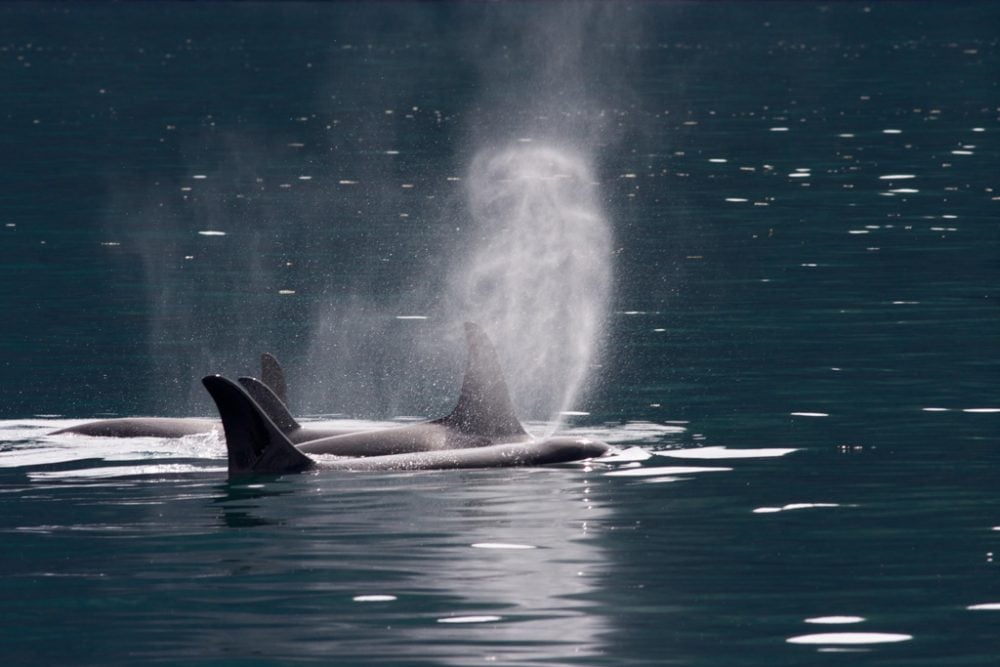
Tips for Spotting Orcas in the Wild
The best indication that you’re looking at orcas is their tall dorsal fin. As tall as 6 feet on males, and up to 3 feet on females, they’re the biggest dorsal fins of any cetacean. Another distinct body feature of orcas is their gray “saddle patch” behind their dorsal fin.
Additionally, you can also distinguish orcas by their blows, which are lower and less dense than those of baleen whales. Of course, there’s the black-and-white color pattern of orcas.
Killer whales have a characteristic white lower jaw and a white cheek patch—which is apparent whenever they stick their heads out of the water to take a look around, an action called spyhopping.
Besides simply swimming in pods, individual orcas may also exhibit various surface behaviors. These range from slapping their pectoral fins and rolling on their sides to breaching and the above-mentioned spyhopping.
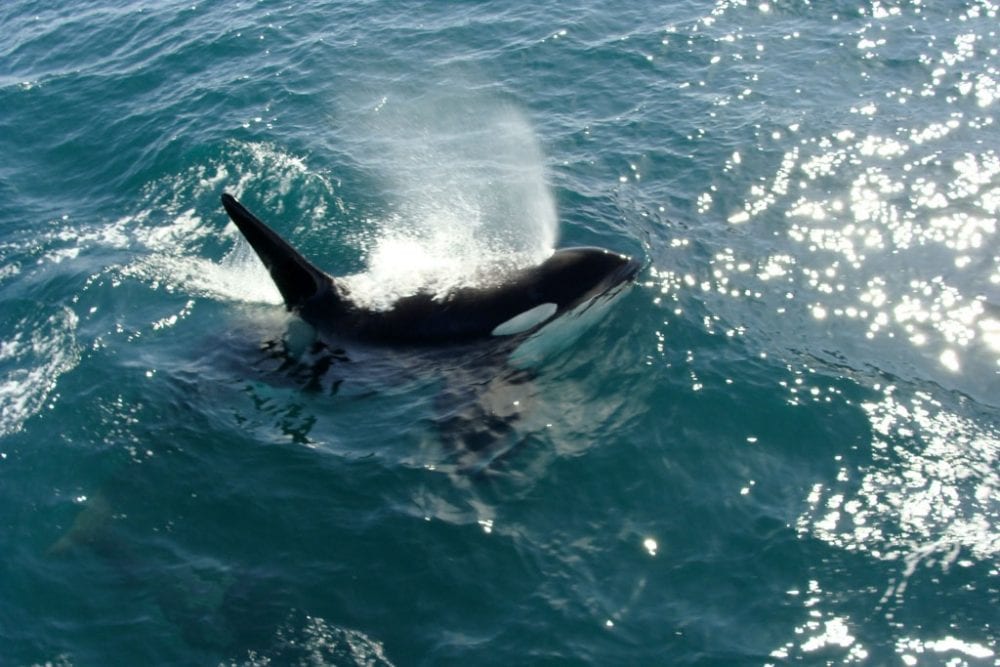
Which Types of Orcas Can You See in National Parks?
There are three different types of orca in the North Pacific, from California to the Pacific Northwest and Alaska. They differ in many aspects, including their diet, range and social structure, and never interact or interbreed.
- Resident orcas: Split up in northern resident and southern resident groups in the Pacific Northwest, these orcas stay in the same general region throughout the year and return to the same feeding grounds every year. The orca type with the smallest range (at least 800 miles), they live in tight, large family units and mainly eat fish—they especially love salmon.
- Transient orcas: With a much larger and less predictable travel pattern than residents, transient orcas range across at least 1,500 miles. Also known as Bigg’s orcas, these roaming killer whales feed primarily on marine mammals, such as sea lions, seals and smaller whales, sticking together in smaller family groups. They are famous for their hunting skills, group tactics and dramatic chases.
- Offshore orcas: Typically living in the open ocean, groups of offshore orcas do occasionally turn up near coasts—they are sometimes seen in Kenai Fjords National Park in summer, for example, as well as very sporadically in the Salish Sea. Not much is known about the diet and behavior of offshore orcas, but some pods are known to feed on baleen whales, other marine mammals and even sharks.
Offshore orcas are hardly ever spotted in the national parks of the West Coast. Whenever you see killer whales in these parks, they’re most likely resident orcas, which are the most predictable and visible of the three types.
Transient orcas are often seen roaming the West Coast, from southern California all the way to Alaska, possibly following the migration of other whales (and their calves).
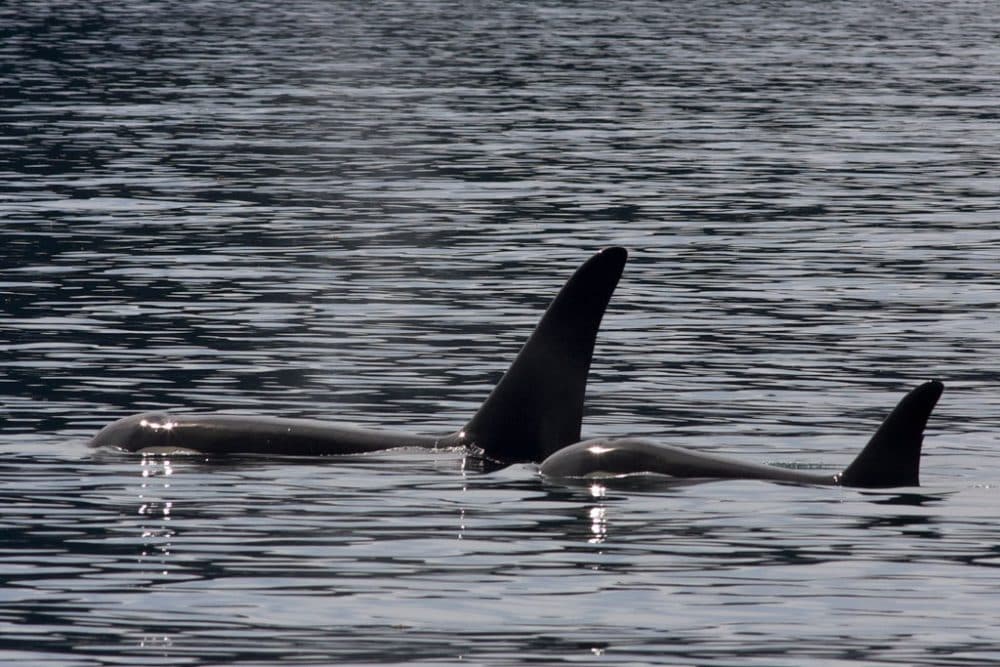
Are Orcas Dangerous to Humans?
Short answer: no! Although they are an apex predator, are called “killer whales” and capable of killing leopard seals and great white sharks, none of the three orca types are dangerous to humans.
There have been zero recorded fatal attacks by orcas on humans in the wild, ever. All human fatalities due to orcas have occurred in captivity.

Karen Stein
Saturday 8th of July 2023
My father and I saw a mother, calf, and young male right by our boatwhile taking a Road Scholar trip in the Alaskan Under passage. We were told young males are known to stay with their mothers for several years protecting her and subsequent calves, which is exactly what he seemed to be doing. He came much closer to our boat and preceded the other two while traveling. Gorgeous!
Bram
Tuesday 11th of July 2023
Wow, I did not know that about young male moose. So fascinating and what an experience that must've been!